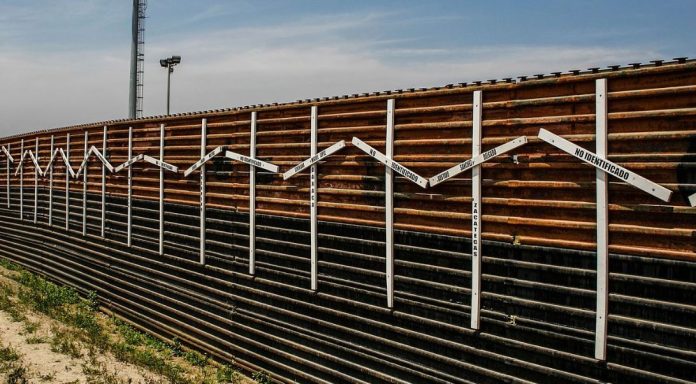
March 26 (UPI) — The Pentagon has authorized the transfer of $1 billion to begin building new barriers along the U.S.-Mexico border.
Acting Defense Secretary Patrick Shanahan authorized U.S. Army engineers Monday to use the funds to build 57 miles of 18-foot-high “pedestrian fencing” along the country’s southern border as well as construct and improve roads and install lighting at the Yuma and El Paso border sectors.
Shanahan defended the transfer in a statement, citing a law that “gives the Department of Defense the authority to construct roads and fences and to install lighting to block drug-smuggling corridors across international boundaries of the United States in support of counter-narcotic activities of federal law enforcement agencies.”
The funds — which are to be transferred from the Department of Homeland Security to the Army Corps of Engineers — are the first to be released under the national emergency President Donald Trump declared on Feb. 15.
Trump celebrated the announcement on Twitter, saying, “Christmas came early this week.”
The move, however, was quickly admonished by every Democratic senator on subcommittees of the Senate Appropriations Committee, CNN reported.
“We strongly object to both the substance of the funding transfer, and to the department implementing the transfer without seeking the approval of the congressional defense committees and in violation of provisions in the defense appropriation itself,” the senators wrote. “As a result, we have serious concerns that the department has allowed political interference and pet projects to come ahead of many near-term, critical readiness issues facing our military.”
Trump declared the national emergency mid-February following the passing of a spending bill that allocated $1.38 billion for physical border barriers, significantly less than the $5.7 billion he had requested.
The national emergency was seen by opponents as unconstitutional and a way to circumvent congressional approval for the funds.
On March 15, Trump used his first presidential veto to overturn a bipartisan effort to terminate his national emergency declaration.






